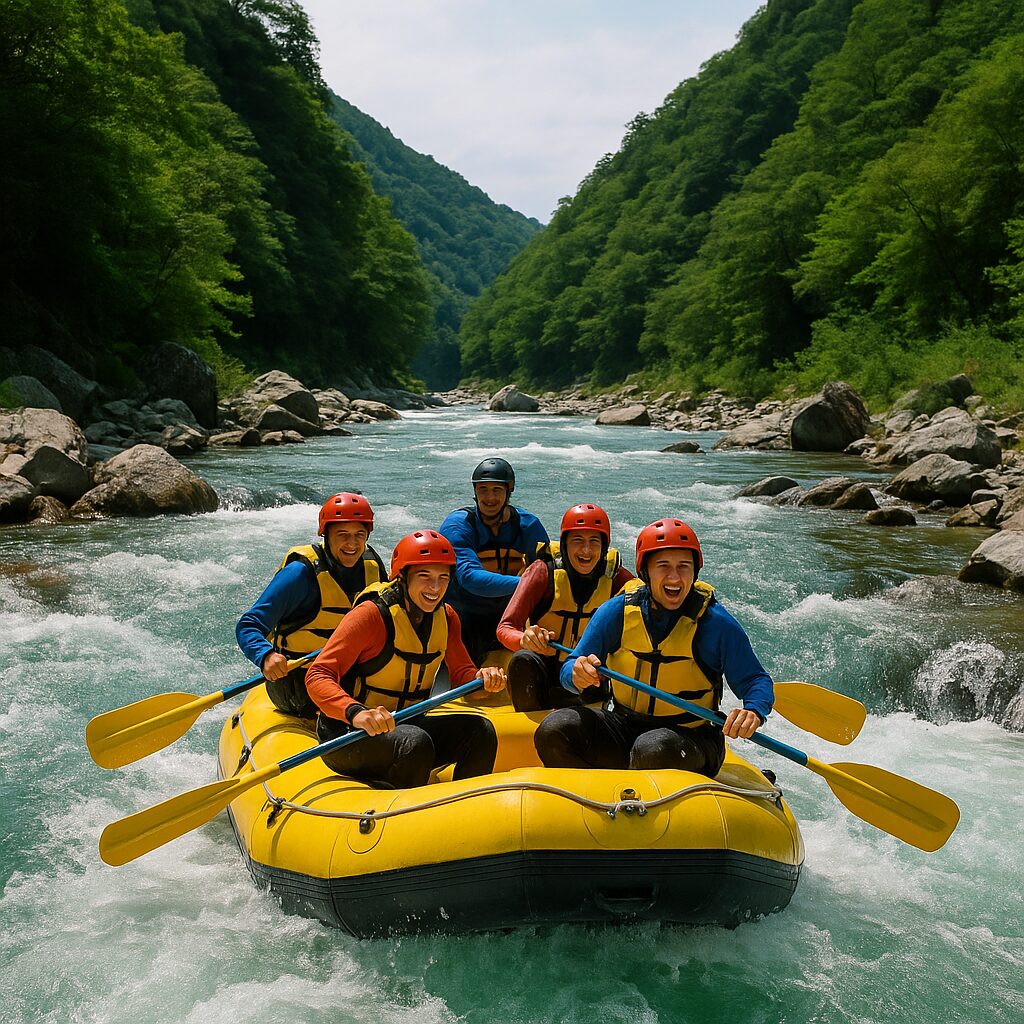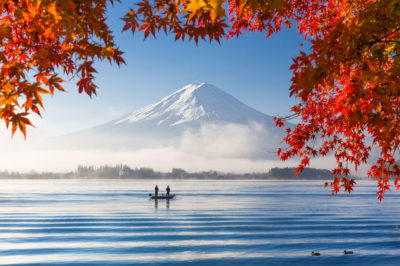Do You Need a License to Raft in Japan?

Do You Need a License to Raft in Japan?
Guide for Travelers
Introduction
Japan, with its countless rivers, lakes, and coastal areas, offers excellent opportunities for outdoor water activities such as kayaking and rafting. If you are planning to bring your own raft, you might wonder: Do I need a license to raft in Japan? The answer depends mainly on whether your raft is motorized or not.
This article provides a detailed explanation of Japan’s boating regulations, what they mean for rafting enthusiasts, and important safety tips to keep in mind.
1. Non-Motorized Rafts: No License Required
For most travelers and outdoor enthusiasts, rafting in Japan will involve non-motorized rafts—inflatable boats paddled by hand. According to Japanese regulations, any watercraft without an engine is treated as a leisure vessel that does not require registration or licensing.
This includes:
- Kayaks (sit-on-top or sit-in)
- Inflatable paddle rafts
- Canoes
So if you are simply floating or paddling down a river with friends, you are free to do so without any special permits.
2. When a License Becomes Necessary
Licensing comes into play when a raft or boat is motorized.
Under Japanese law:
- Exemptions: Boats under 3 meters in length and with a motor of 1.5 kW (about 2 horsepower) or less do not require a license.
- License required: Anything larger or more powerful requires a Small Boat Operator’s License (小型船舶操縦免許 / kogata senpaku sōjū menkyo).
For example:
- A small inflatable raft with a low-powered electric trolling motor (under 1.5 kW) → No license needed.
- A larger inflatable boat with a gasoline outboard engine (3 m or more, above 1.5 kW) → License required.
3. Types of Small Boat Licenses in Japan
If you do plan to operate a motorized raft or small boat, you may need one of the following licenses:
- 1st Class Small Vessel Operator’s License: Allows navigation within 50 nautical miles from shore.
- 2nd Class Small Vessel Operator’s License: Allows navigation within 5 nautical miles from shore (sufficient for most recreational boating and fishing).
- Special Licenses: For small personal watercraft like jet skis.
Most rafting enthusiasts who might add a motor would only need the 2nd Class license.
4. How to Get a Boating License in Japan
Obtaining a boating license involves training and exams regulated by the Japan Marine Recreation Association (JMRA).
Process:
- Application: Apply through an accredited boat license school.
- Medical check: Basic vision and health requirements must be met.
- Coursework: Includes classroom study (navigation, rules of the sea) and practical training (maneuvering a boat).
- Examination: Written test plus a skills exam.
- Issuance: License is issued after passing.
Duration & Cost:
- Courses typically take 2–3 days for a 2nd Class license.
- Costs range between 70,000–100,000 JPY depending on the school.
While this may not be necessary for most rafting visitors, it is helpful information if you plan to invest in motorized watercraft while living in Japan.
5. Commercial Rafting Tours: No License Needed for Participants
Many travelers to Japan experience rafting through guided commercial tours. These tours operate on some of Japan’s most exciting rivers:
- Tone River (Gunma Prefecture) – Known as the “rafting capital of Japan.”
- Yoshino River (Shikoku) – One of the country’s most thrilling whitewater rafting spots.
- Nagara River (Gifu Prefecture) – Famous for scenic views and traditional cormorant fishing.
- Mogami River (Yamagata Prefecture) – A cultural and scenic experience, often paired with sightseeing.
In these cases:
- Tour companies are legally responsible for safety management and licensing.
- Participants only need to follow instructions, wear life jackets and helmets, and enjoy the ride.
This makes commercial tours ideal for beginners or travelers who want a safe and structured adventure.
6. Safety Tips for Personal Rafting in Japan
Even if no license is required, rafting in Japan’s natural rivers demands caution. Here are some essential safety measures:
- Always wear a life jacket – It is both common sense and often legally required in organized areas.
- Check weather and river conditions – Sudden rain can raise water levels dramatically.
- Avoid rafting alone – Go with companions for added safety.
- Respect restricted areas – Some dams and river sections prohibit entry.
- Carry a waterproof phone case – Emergency services (119 in Japan) may be needed.
7. Cultural and Legal Considerations
While rafting is generally unregulated for personal non-motorized use, you should be aware of:
- Local rules: Some rivers may have municipal restrictions, especially near dams or urban areas.
- Environmental respect: Japan places strong cultural value on natural beauty. Avoid littering and respect fishing zones.
- Insurance: Commercial tours provide coverage, but personal rafting does not—consider travel insurance that covers outdoor sports.
8. Recommended Rivers for Rafting in Japan
If you want to explore rafting beyond guided tours, here are some notable rivers:
- Tone River (Gunma) – Whitewater rafting with thrill-seeker appeal.
- Yoshino River (Tokushima, Shikoku) – Japan’s premier rafting destination.
- Nagara River (Gifu) – More relaxed rafting with cultural significance.
- Kurobe River (Toyama) – Stunning gorge scenery.
- Shimanto River (Kochi) – Known as Japan’s last clear stream, perfect for a calmer paddle.
Conclusion
So, do you need a license to raft in Japan?
- Non-motorized rafts and kayaks → No license required.
- Motorized rafts/boats under 3 m and 1.5 kW → Exempt from licensing.
- Motorized rafts/boats above those limits → License required.
- Commercial rafting tours → No license needed for participants.
For most travelers, rafting in Japan is accessible, fun, and license-free. Just bring your raft, paddle, safety gear, and a sense of adventure. And if you want extra excitement, join one of Japan’s many professional rafting tours on rivers like the Tone or Yoshino.
With proper preparation and respect for nature, rafting in Japan can be an unforgettable way to experience the country’s landscapes and culture.










